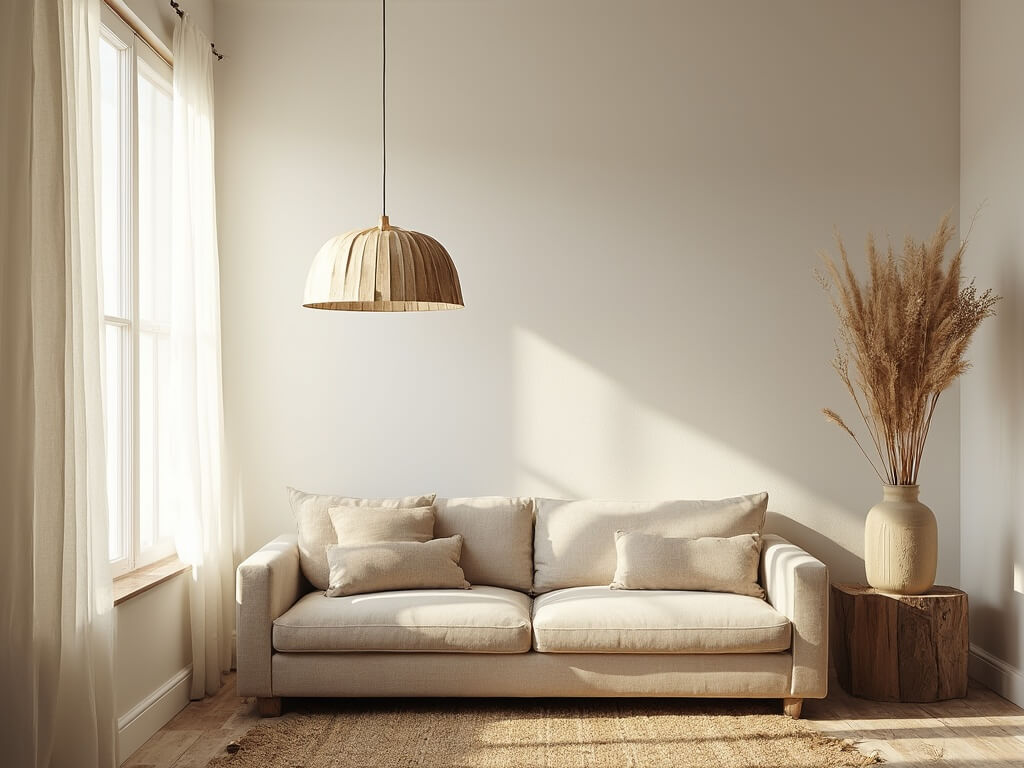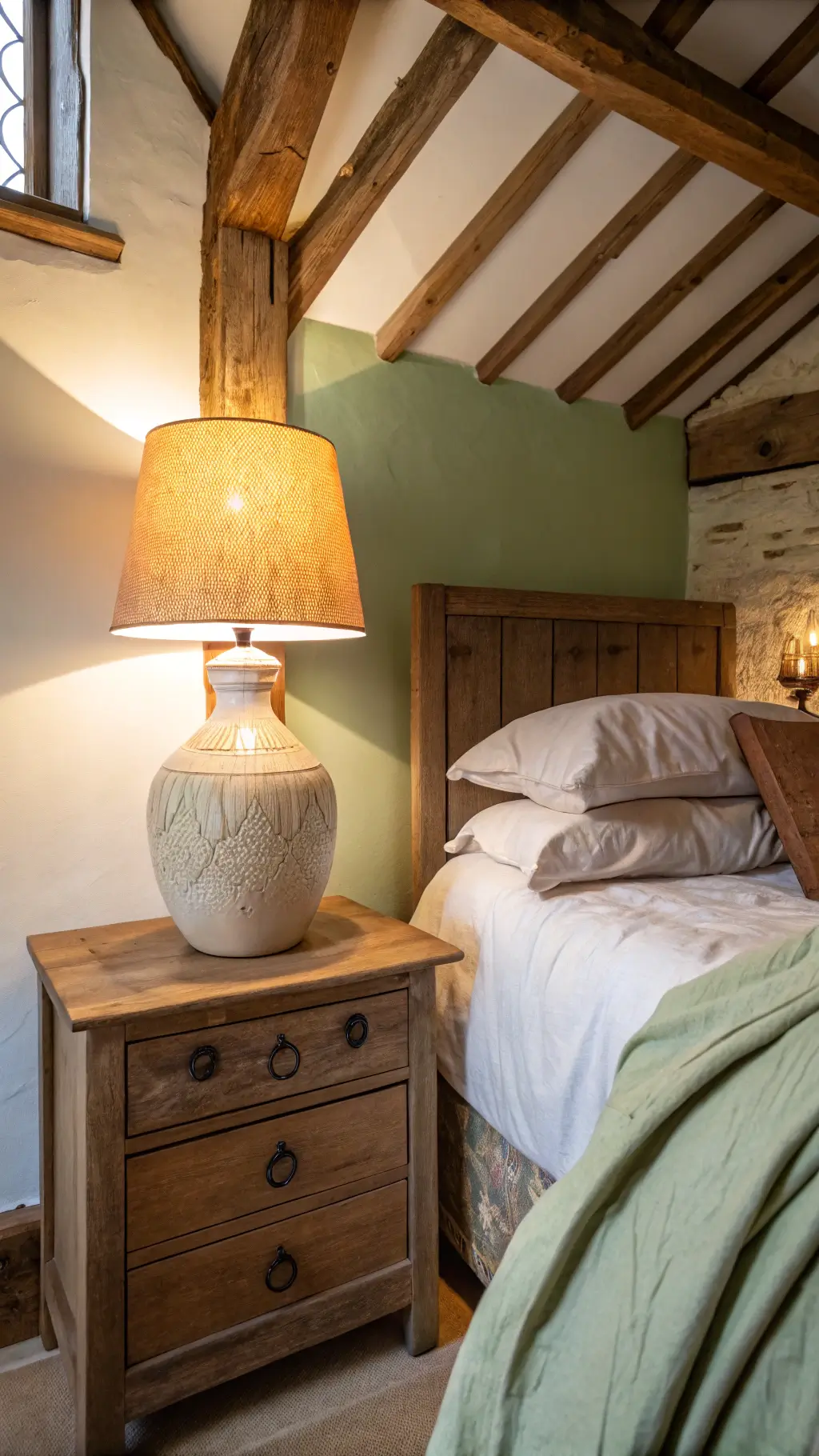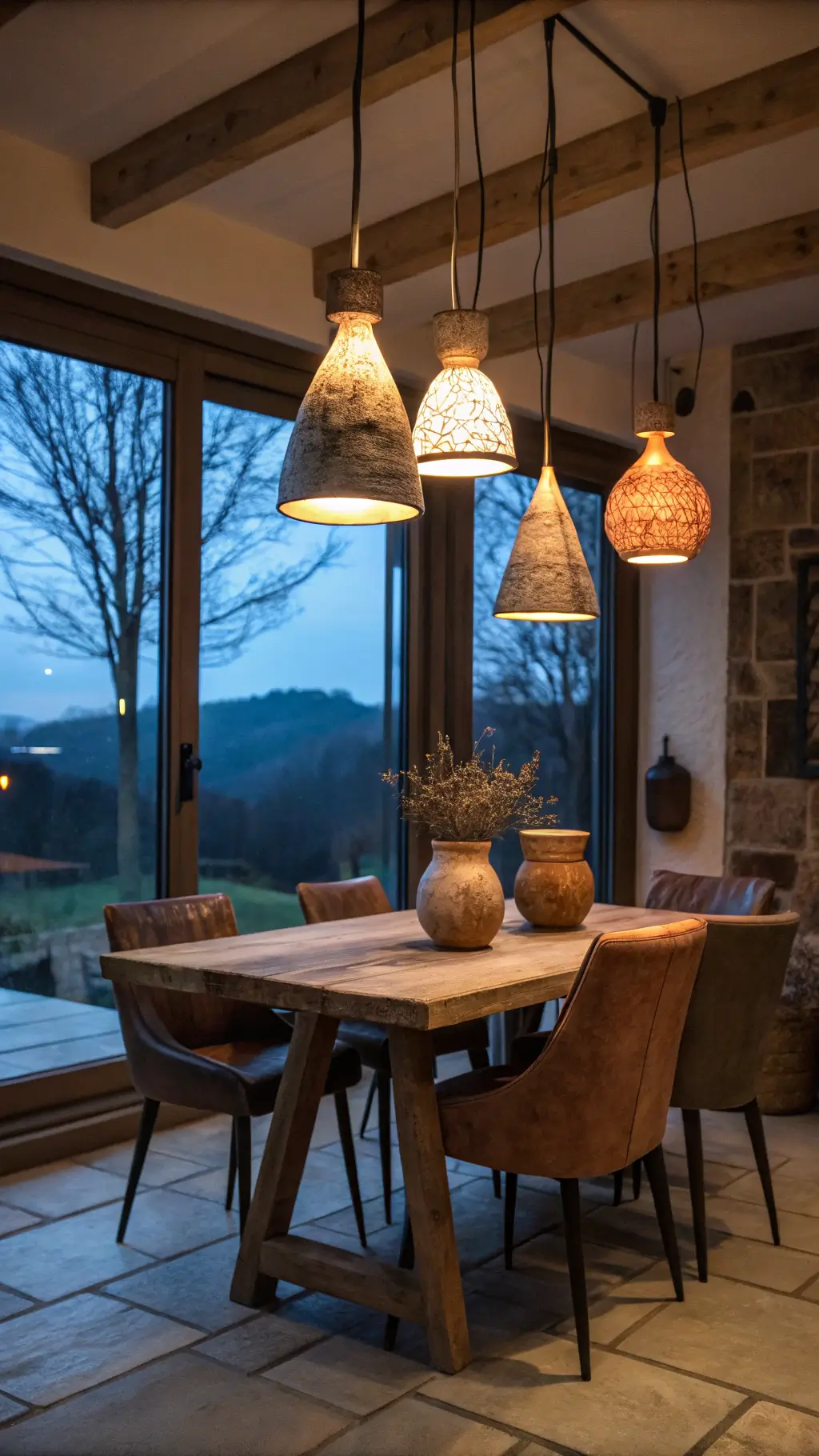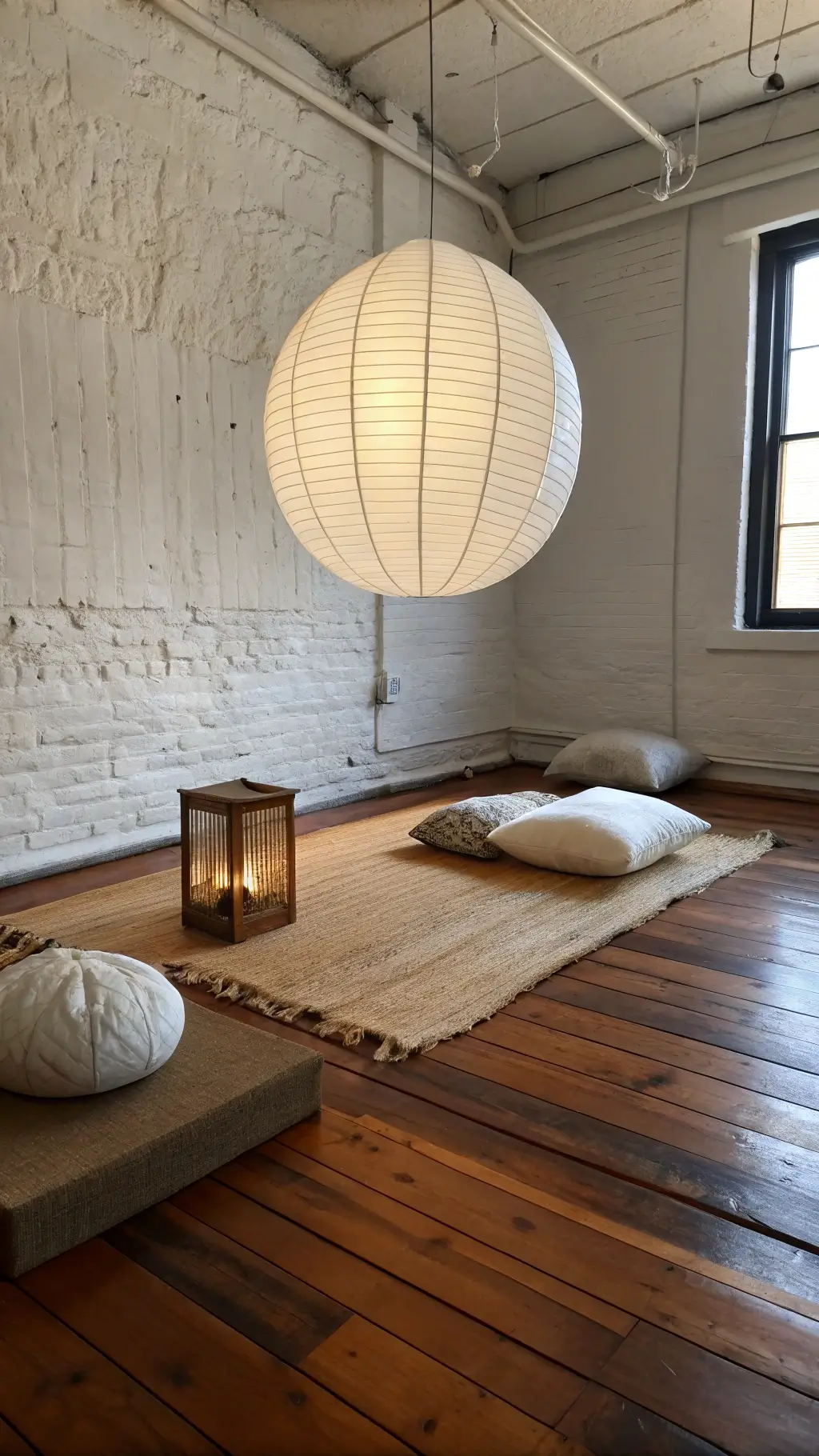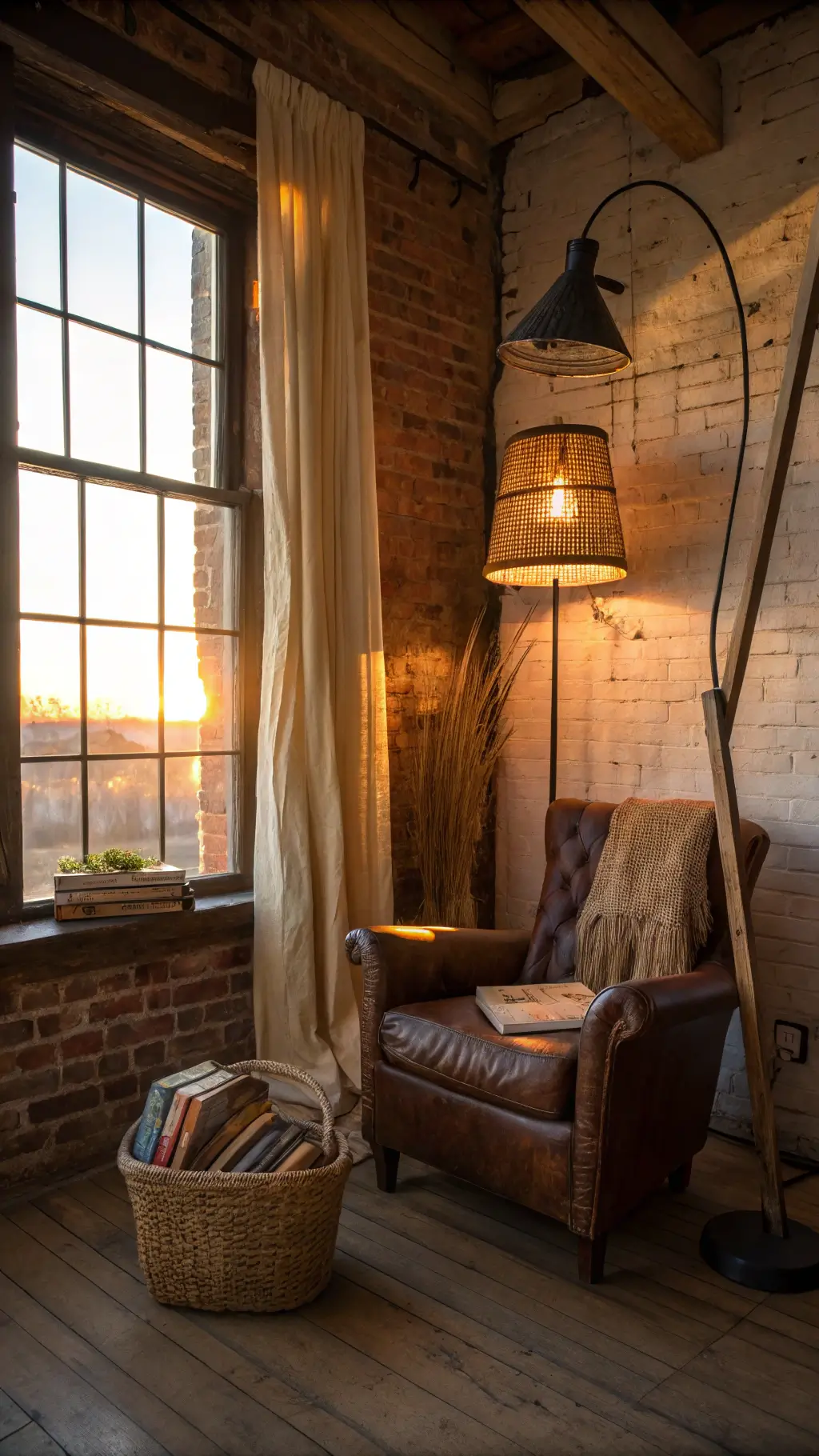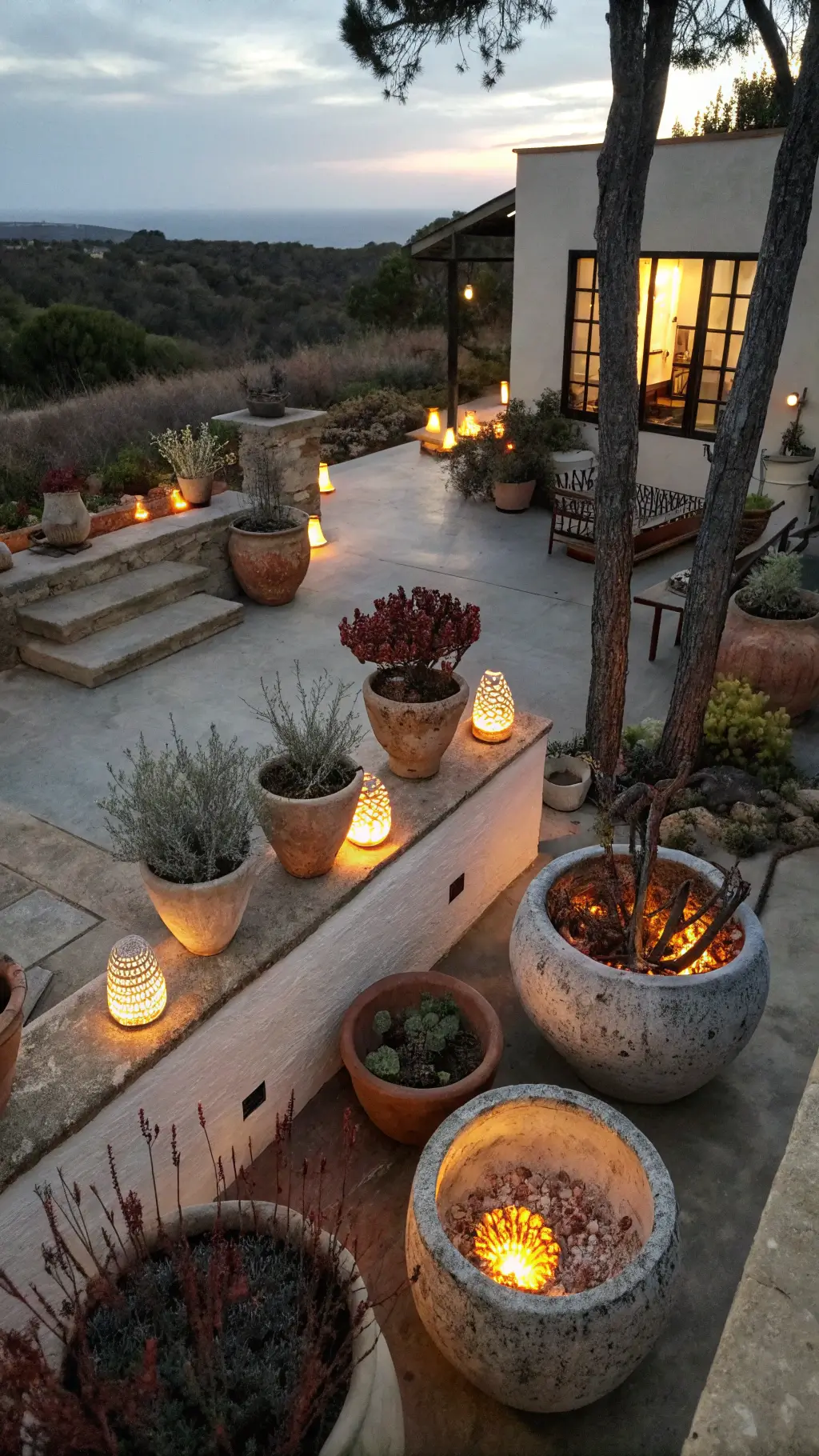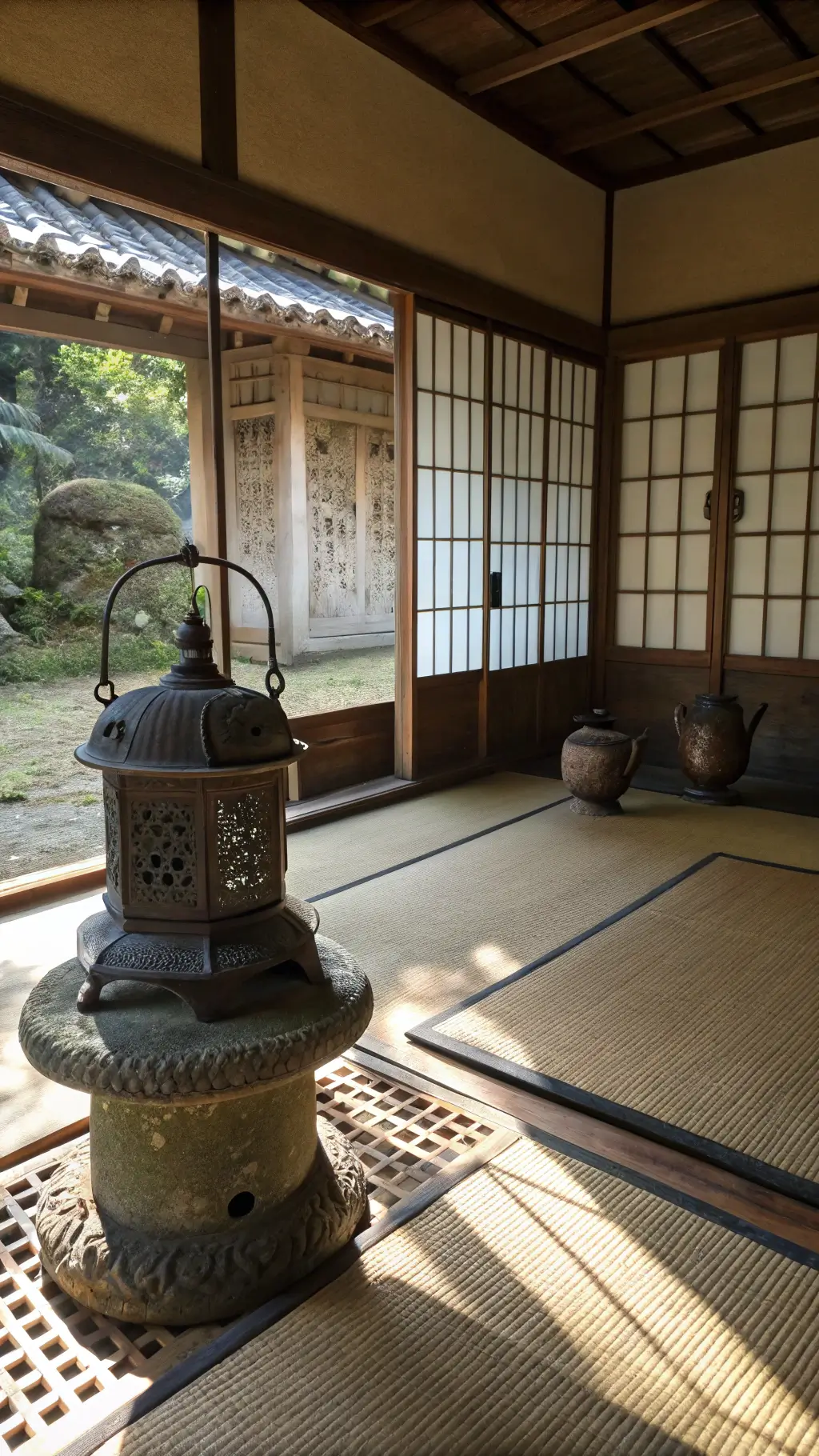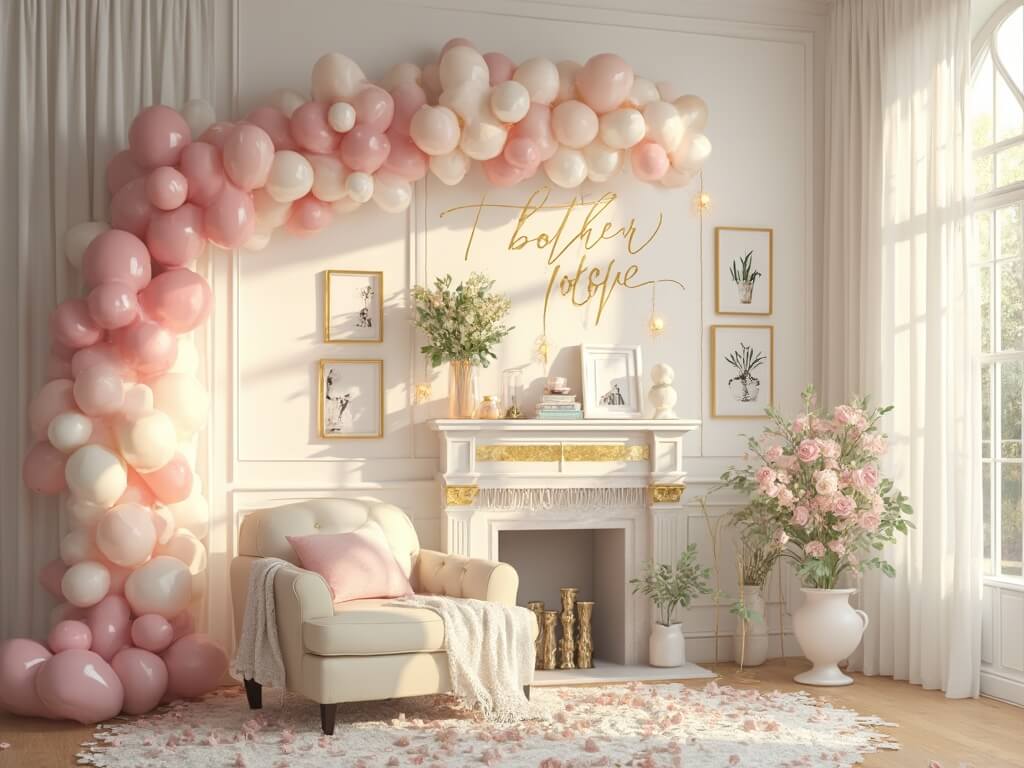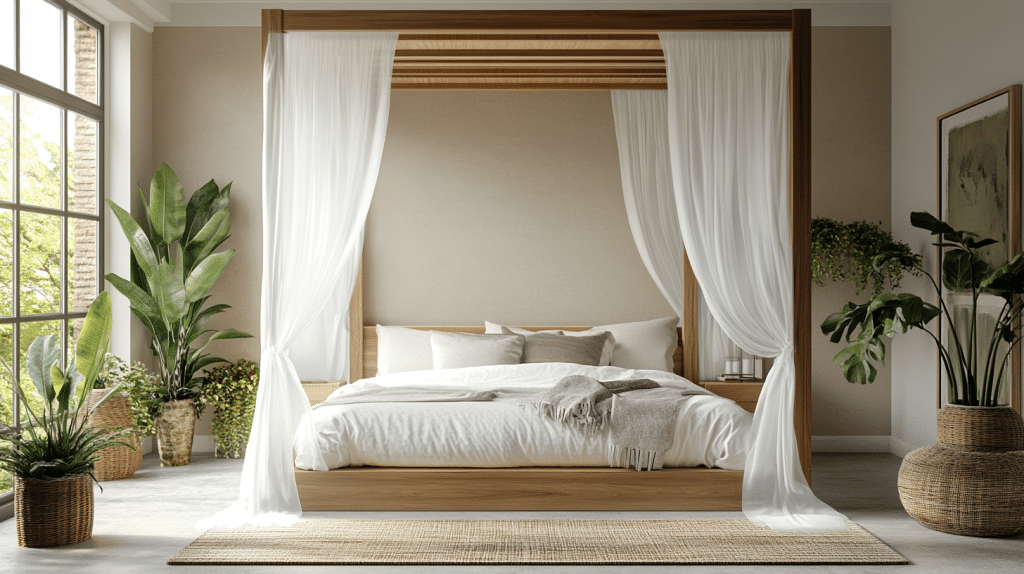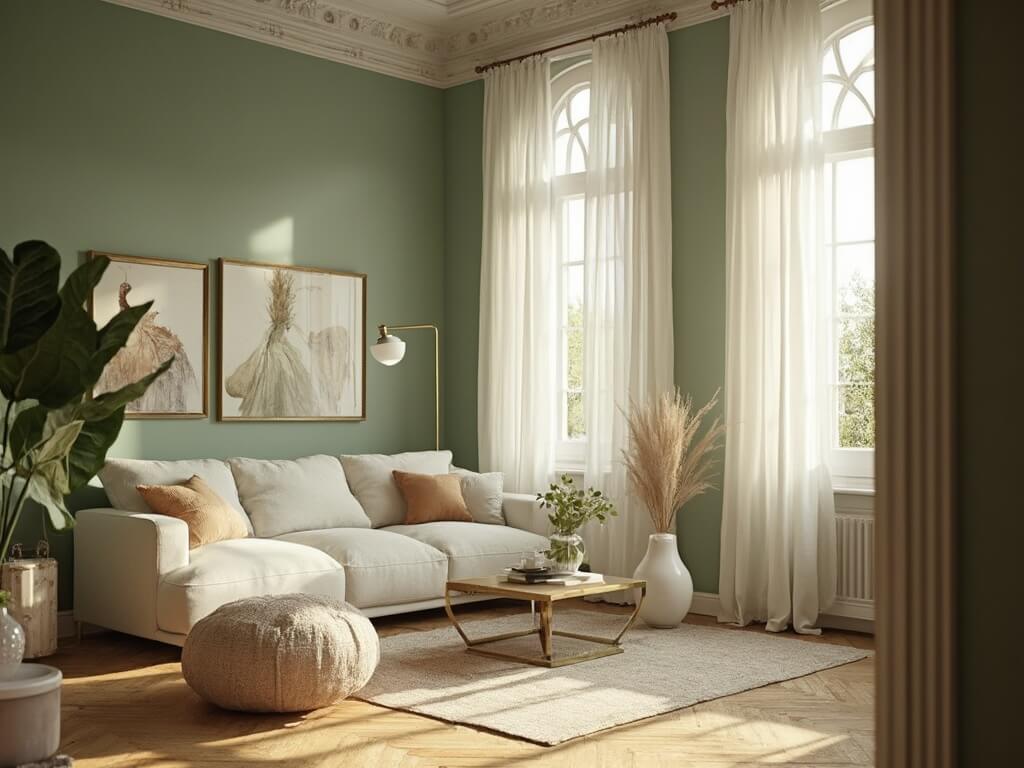Wabi Sabi Lighting: Embracing Imperfection and Natural Beauty
Are you tired of sterile, perfect interiors that feel cold and lifeless? Let me introduce you to Wabi Sabi lighting – a design approach that celebrates the beauty of imperfection and natural simplicity.
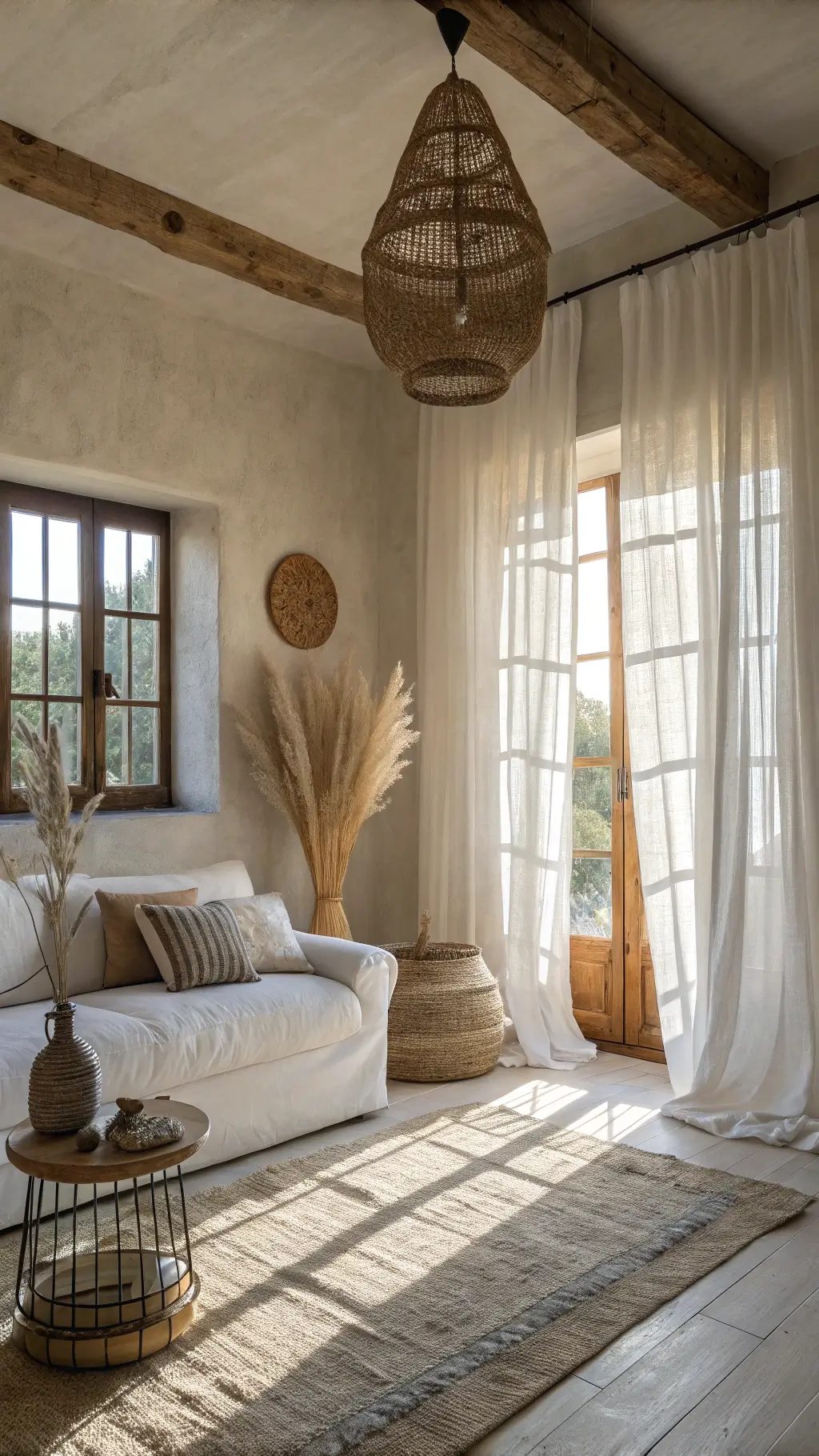
What is Wabi Sabi Lighting?
Wabi Sabi lighting isn’t just a design trend – it’s a philosophy that transforms how we see beauty. Rooted in Japanese aesthetic principles, this lighting style strips away artificiality and embraces raw, authentic materials and forms.
The Core Philosophy
Imagine lighting that tells a story.
- Celebrates natural imperfections
- Highlights organic textures
- Creates calm, meditative spaces
- Connects your interior with nature’s inherent beauty
Key Characteristics That Define Wabi Sabi Lighting
1. Material Authenticity
- Raw wood with visible grain
- Handcrafted ceramic fixtures
- Stone bases with natural irregularities
- Unfinished metal surfaces
- Natural fiber lampshades
2. Color Palette
- Muted earth tones
- Soft neutrals
- Subdued grays
- Warm beiges
- Gentle browns
3. Lighting Quality
- Warm, diffused glow
- Soft ambient illumination
- Gentle shadows
- Minimal harsh brightness
Practical Applications: Where Wabi Sabi Lighting Transforms Spaces
Living Rooms
- Create zen-like relaxation zones
- Use asymmetrical pendant lights
- Layer soft illumination with multiple sources
Bedrooms
- Promote peaceful, restful environments
- Choose table lamps with organic shapes
- Incorporate dimmable fixtures
Dining Areas
- Generate intimate, grounding atmospheres
- Select handcrafted ceramic pendants
- Use warm-toned bulbs
Styling Pro Tips
Bold Recommendations:
- Never aim for perfection
- Embrace visible craftsmanship
- Allow materials to age gracefully
- Mix textures fearlessly
- Prioritize emotional connection over design rules
Lighting Selection Checklist
- ✓ Handmade components
- ✓ Natural material construction
- ✓ Unique, slightly irregular shapes
- ✓ Warm light temperature
- ✓ Minimalist design approach
DIY Wabi Sabi Lighting Hack
Want to create your own piece? Here’s a quick guide:
- Choose natural material (clay, driftwood, stone)
- Accept imperfections as design features
- Focus on simple, organic forms
- Use minimal tools and techniques
- Let your intuition guide the creation
Cost Considerations
Wabi Sabi doesn’t mean expensive. You can achieve this aesthetic:
- Thrift store finds
- Handmade marketplace purchases
- Simple DIY projects
- Mindful material selection
Who Should Embrace Wabi Sabi Lighting?
Perfect for:
- Minimalism lovers
- Nature enthusiasts
- Those seeking calm spaces
- Individuals valuing authenticity
- People tired of mass-produced designs
Warning: This lighting style might make you fall in love with imperfection!
Final Thoughts
Wabi Sabi lighting isn’t just about illumination – it’s about creating spaces that breathe, feel alive, and tell stories. It transforms rooms from mere functional spaces into sanctuaries of peace and natural beauty.
Are you ready to reimagine your lighting and embrace the perfectly imperfect?

